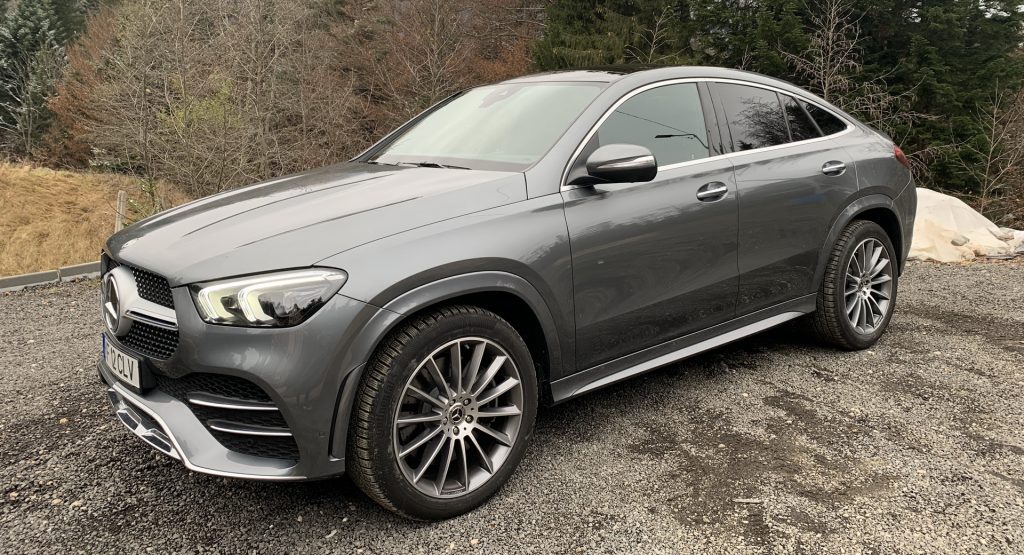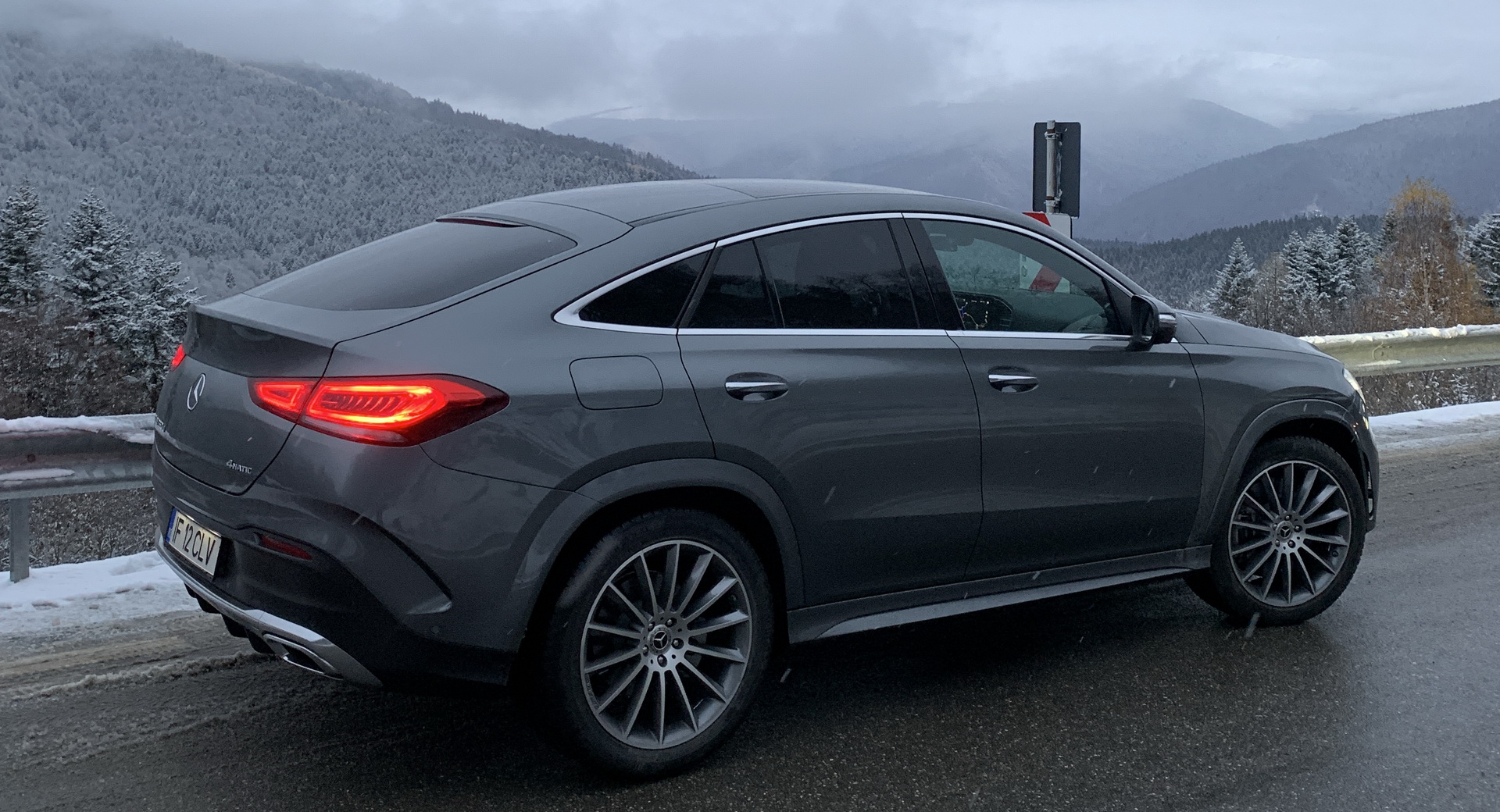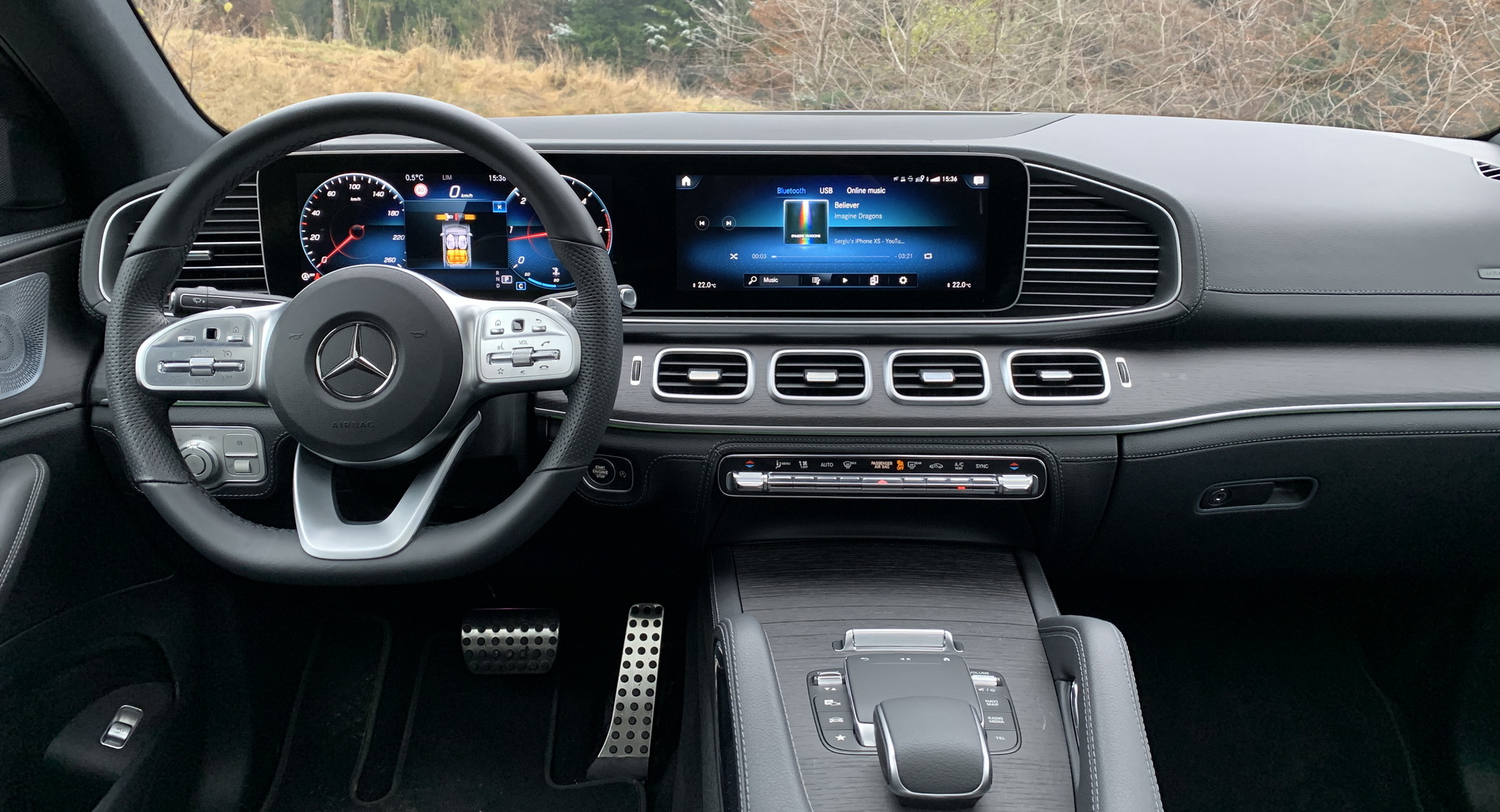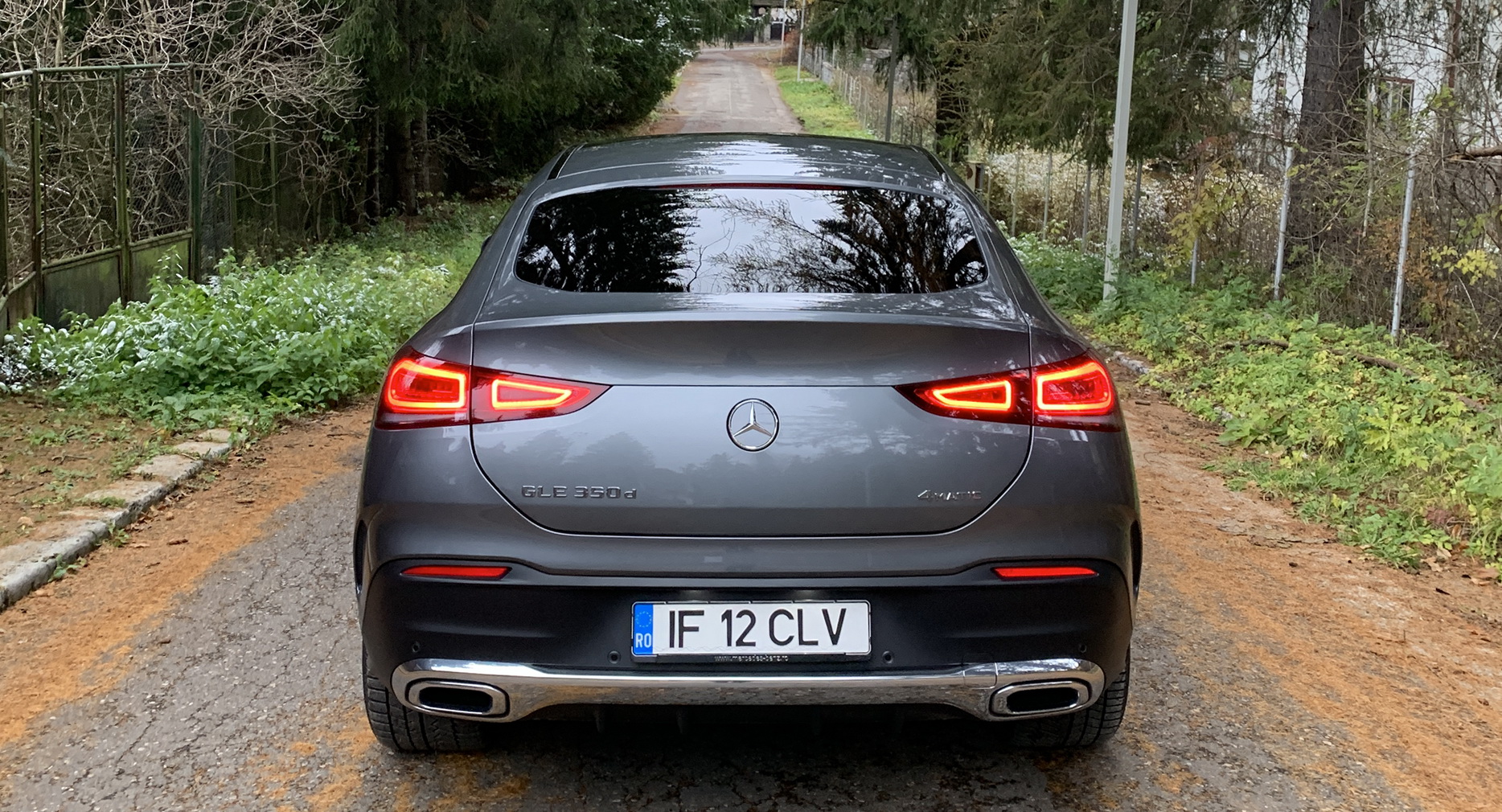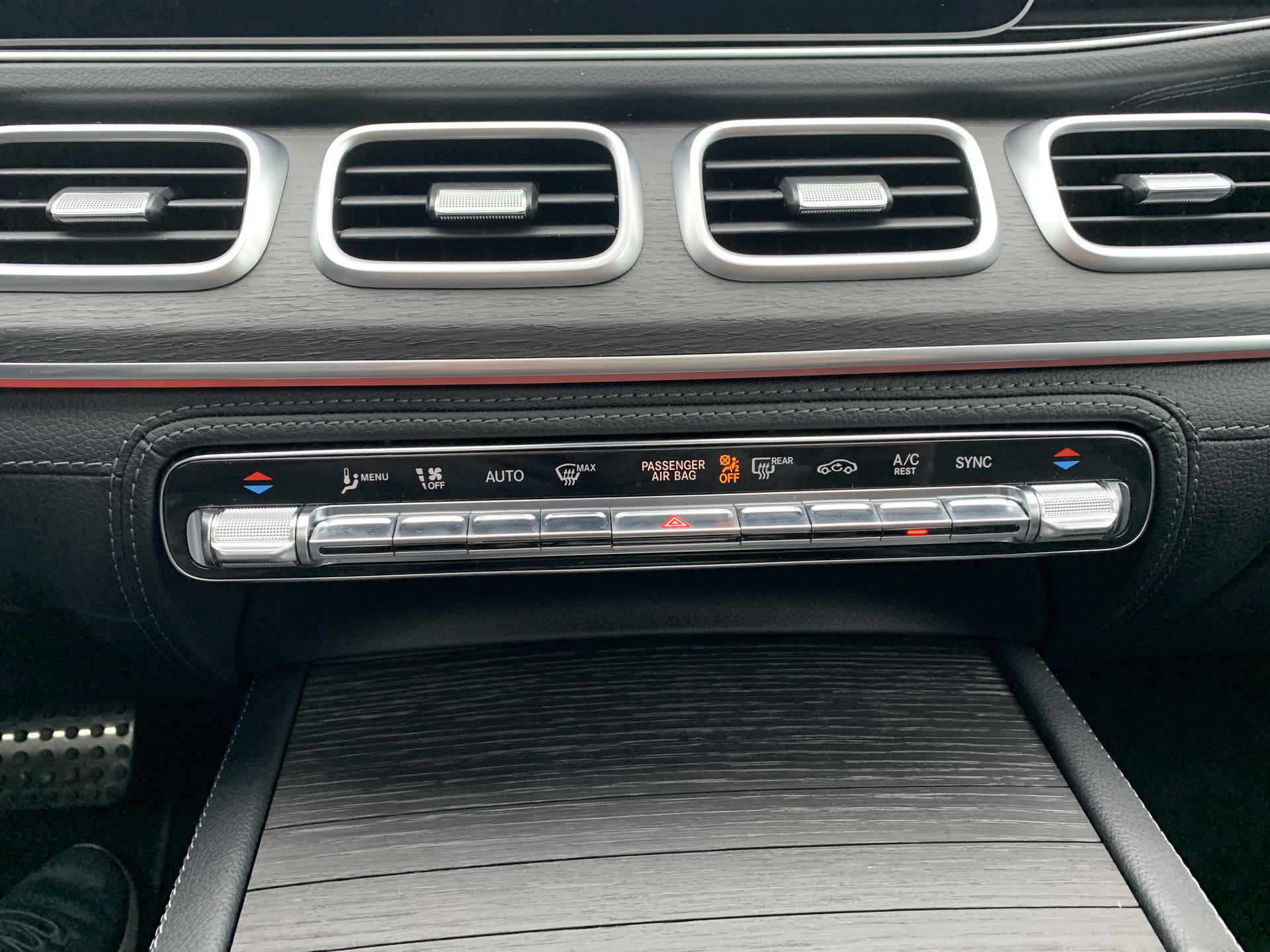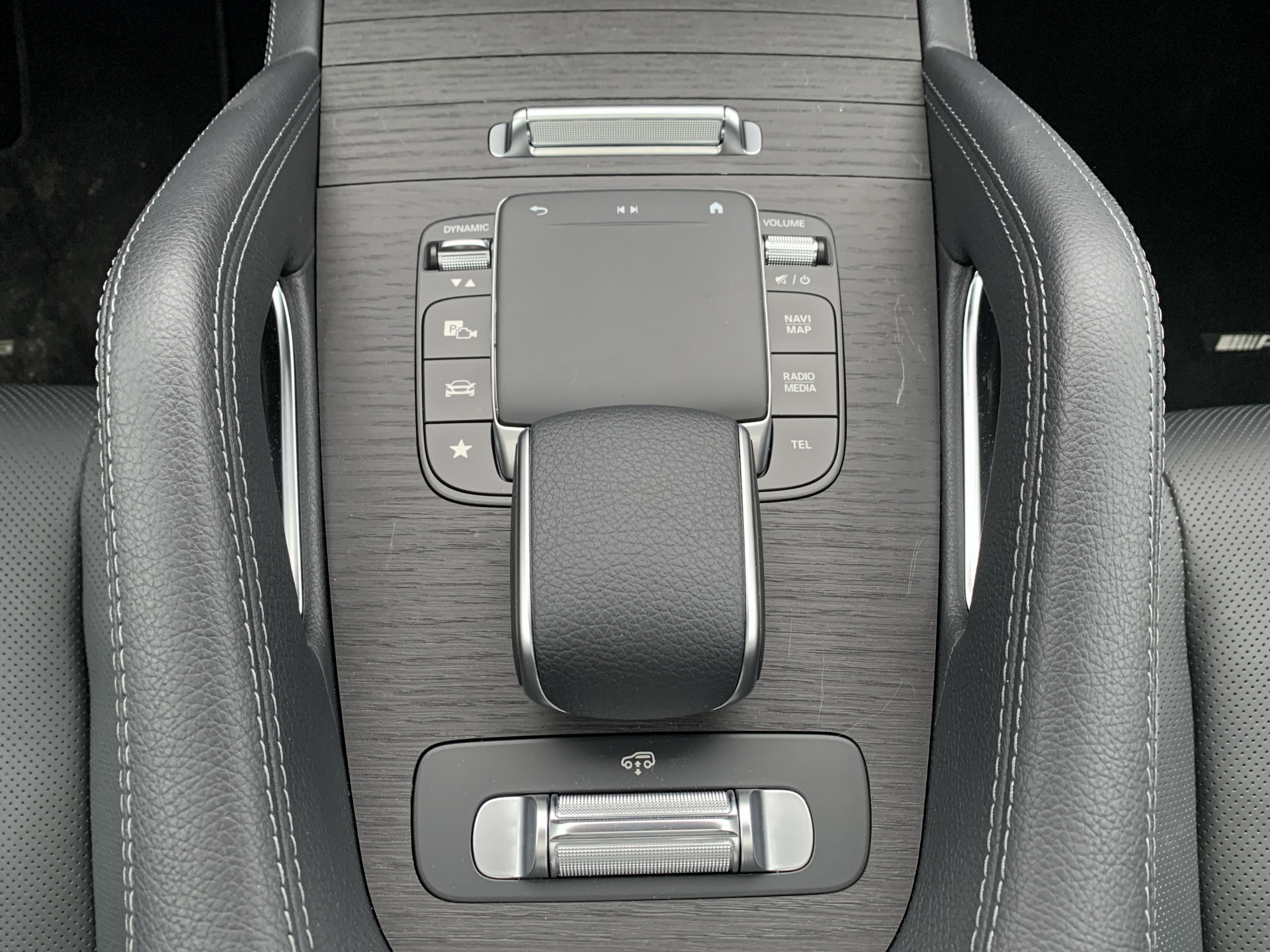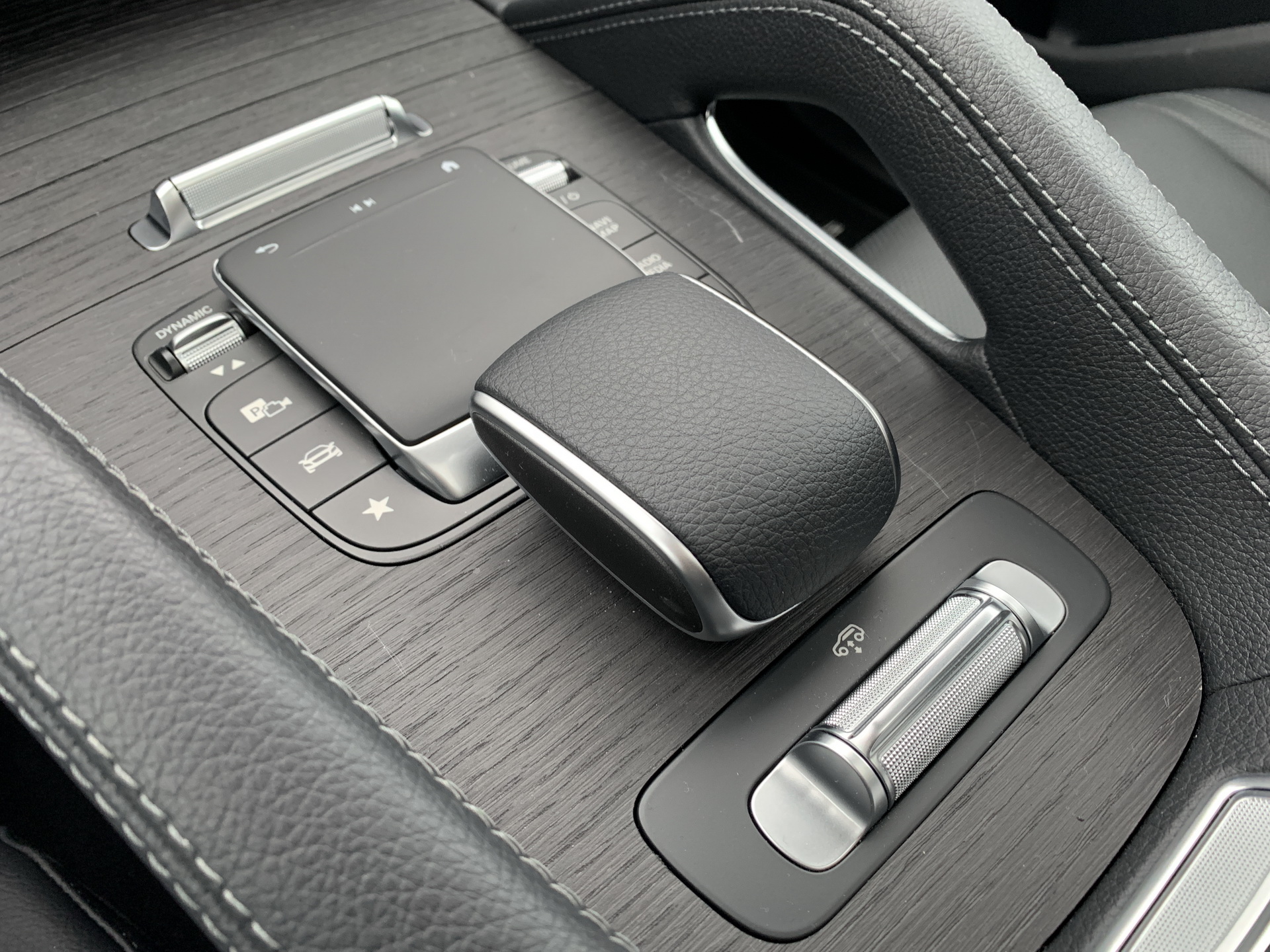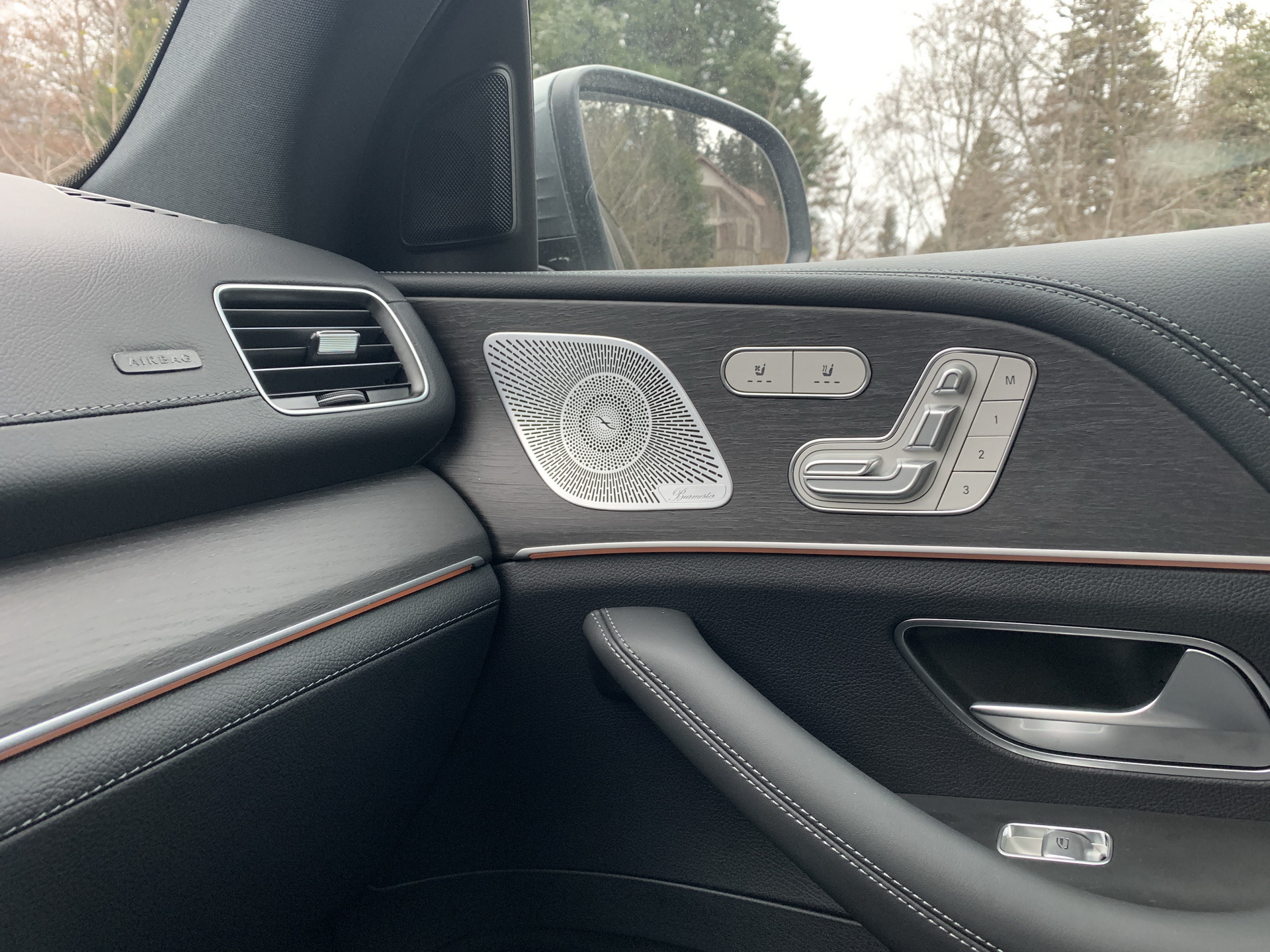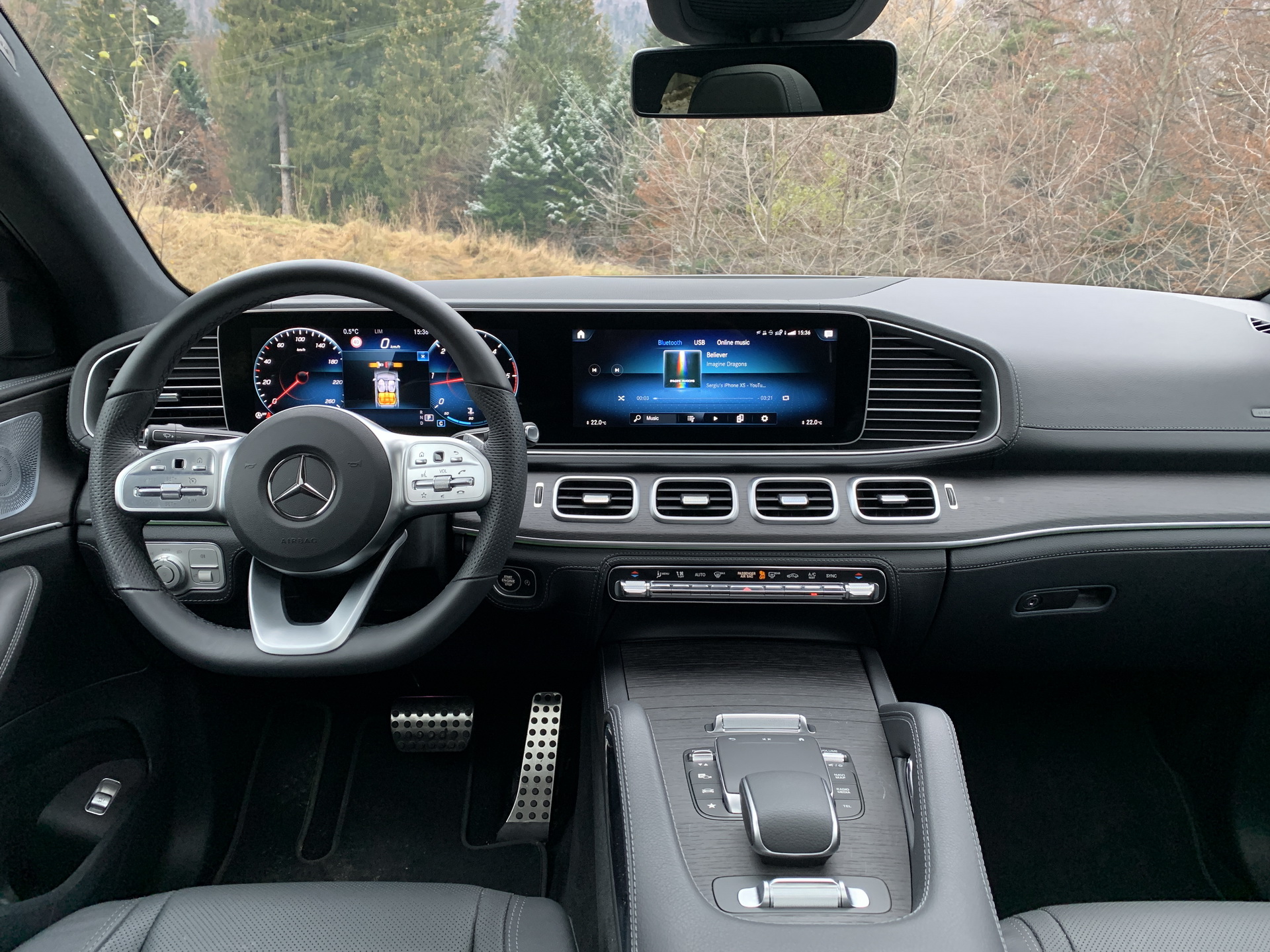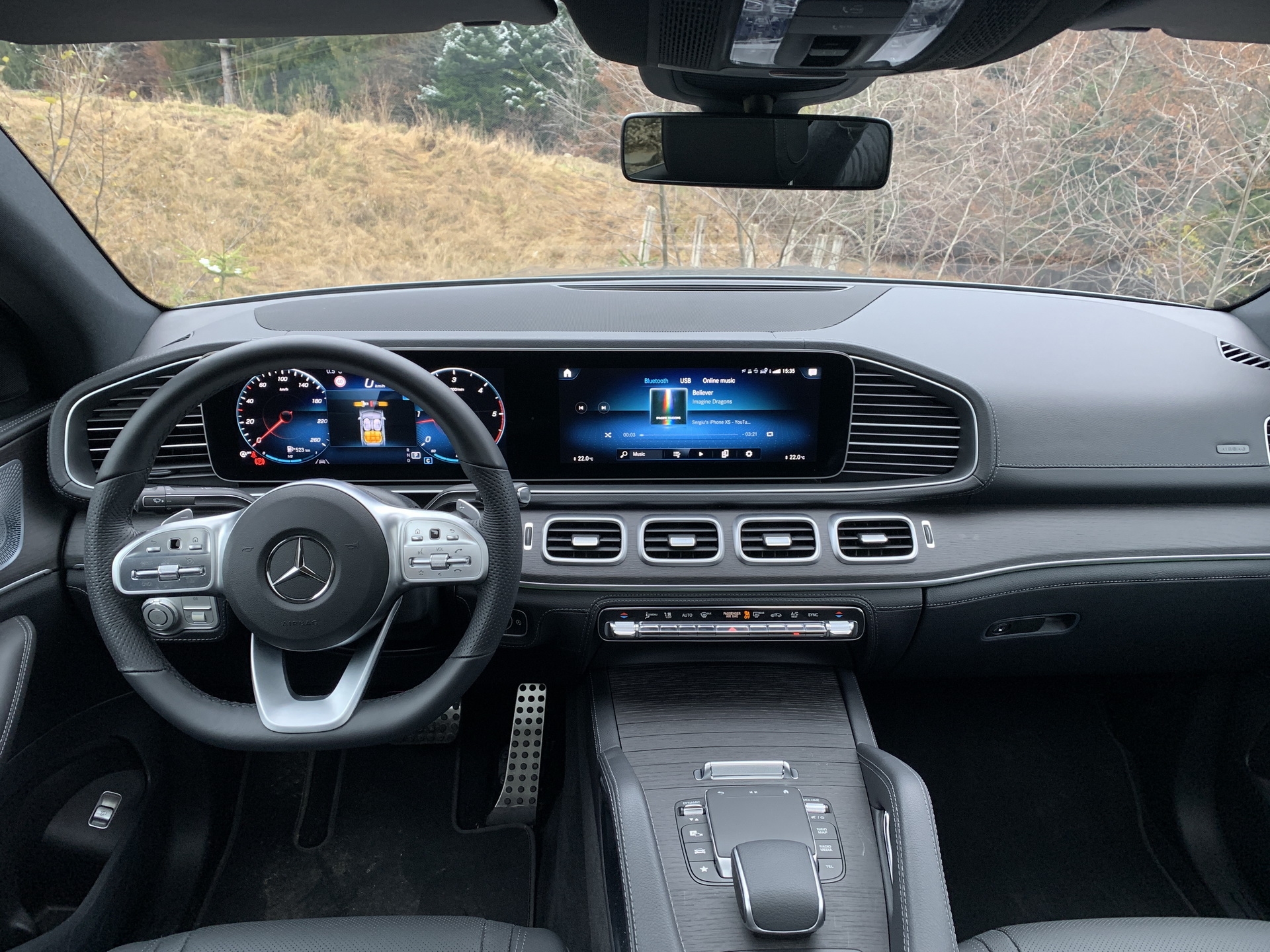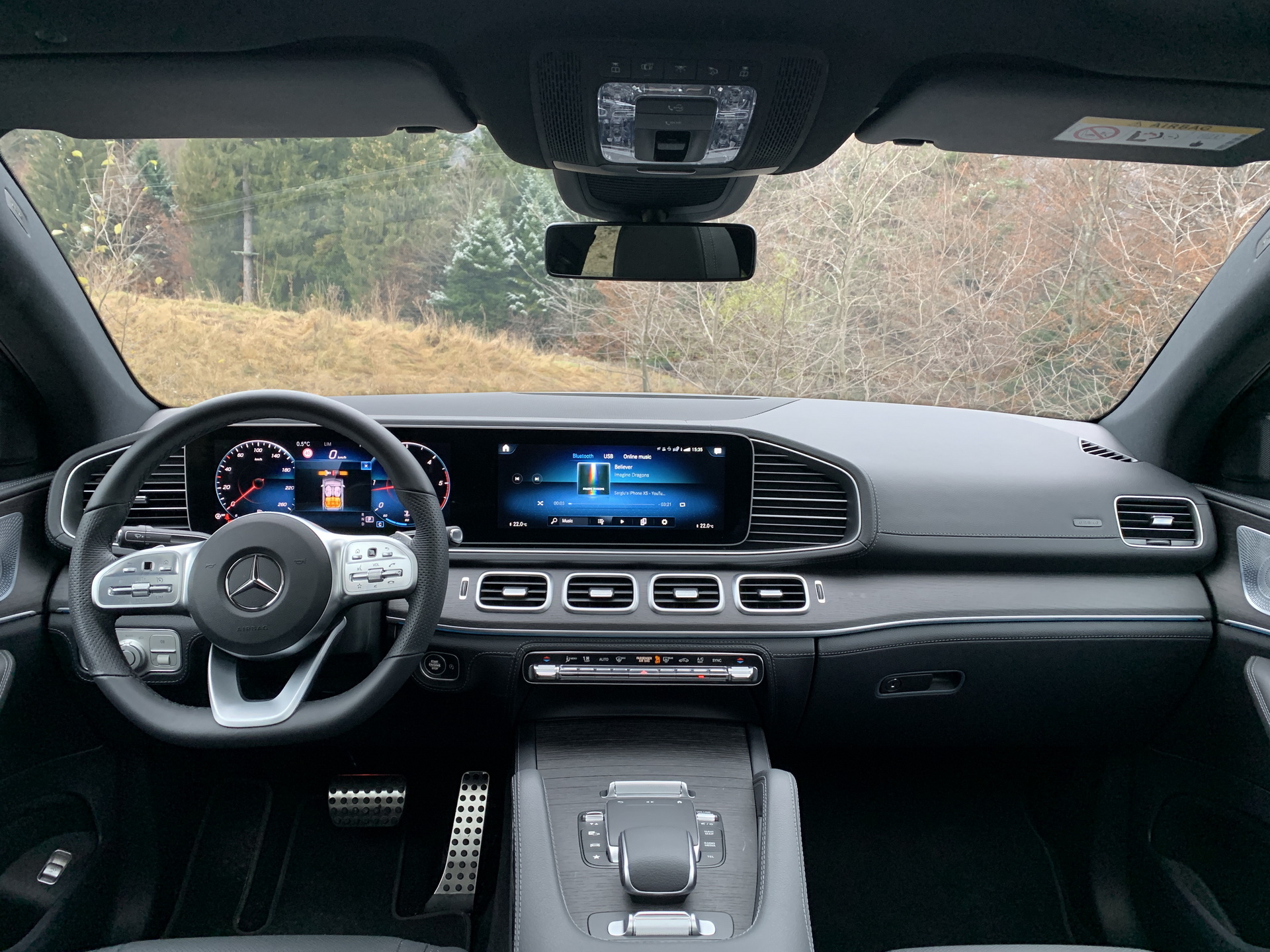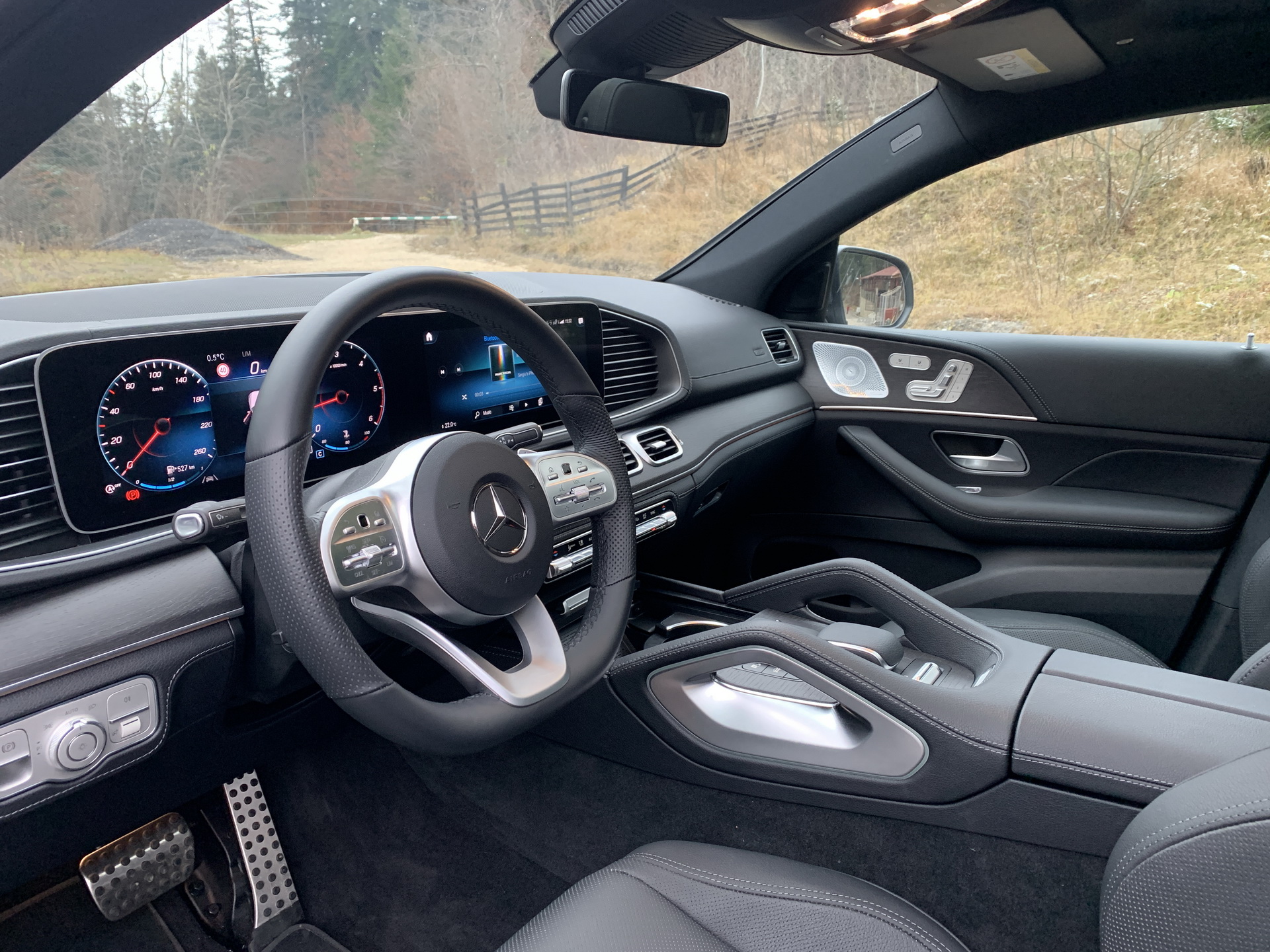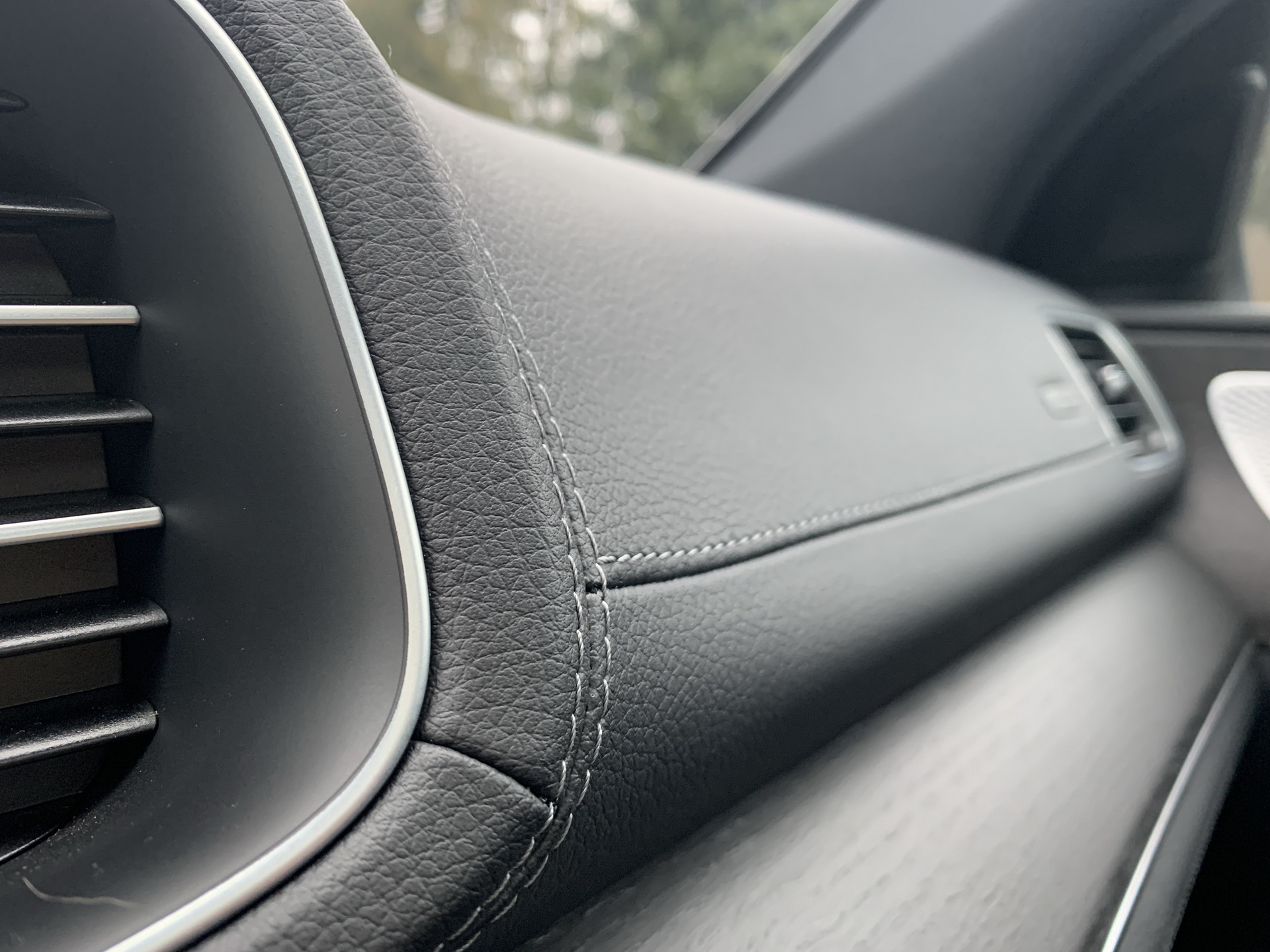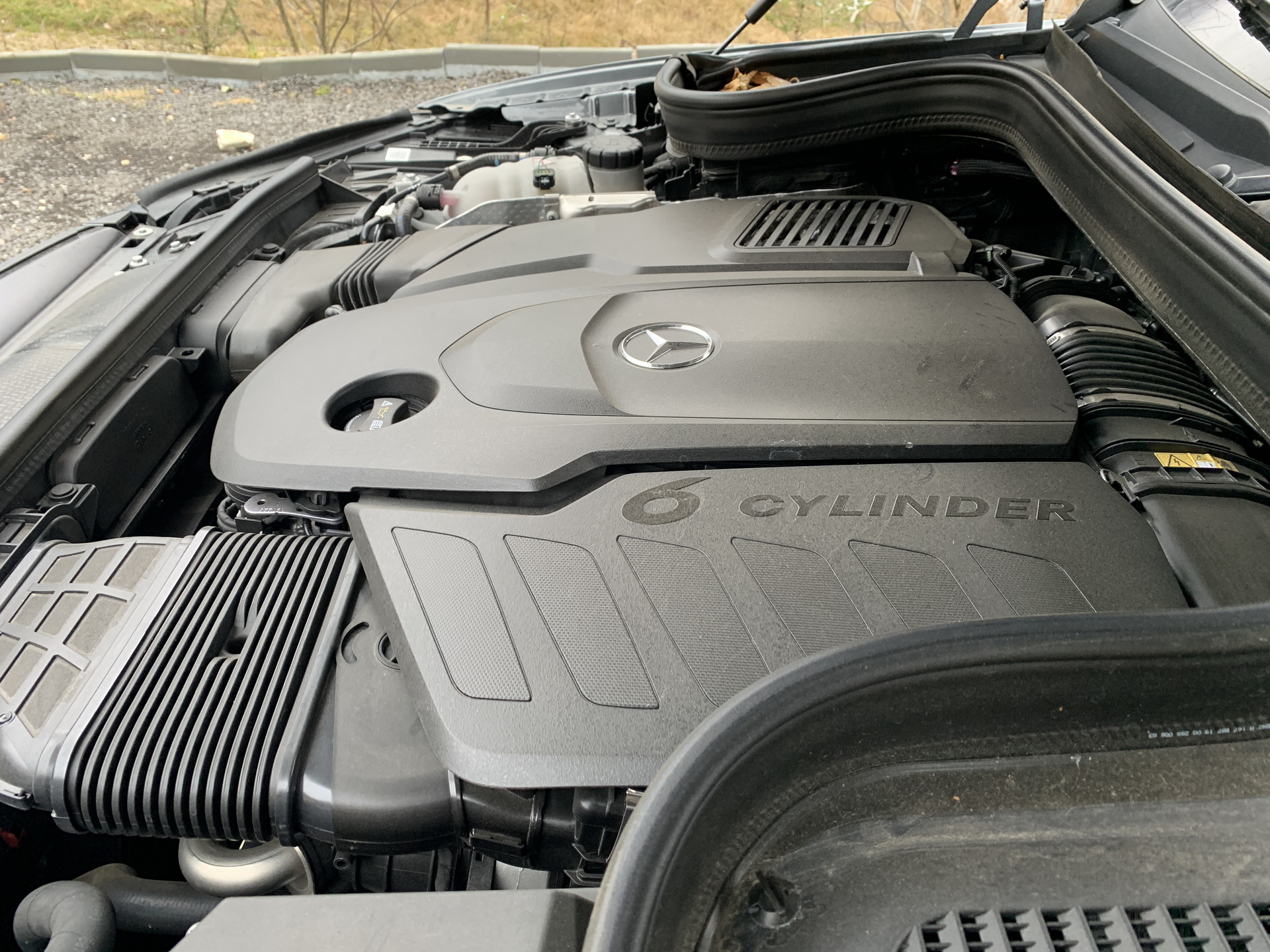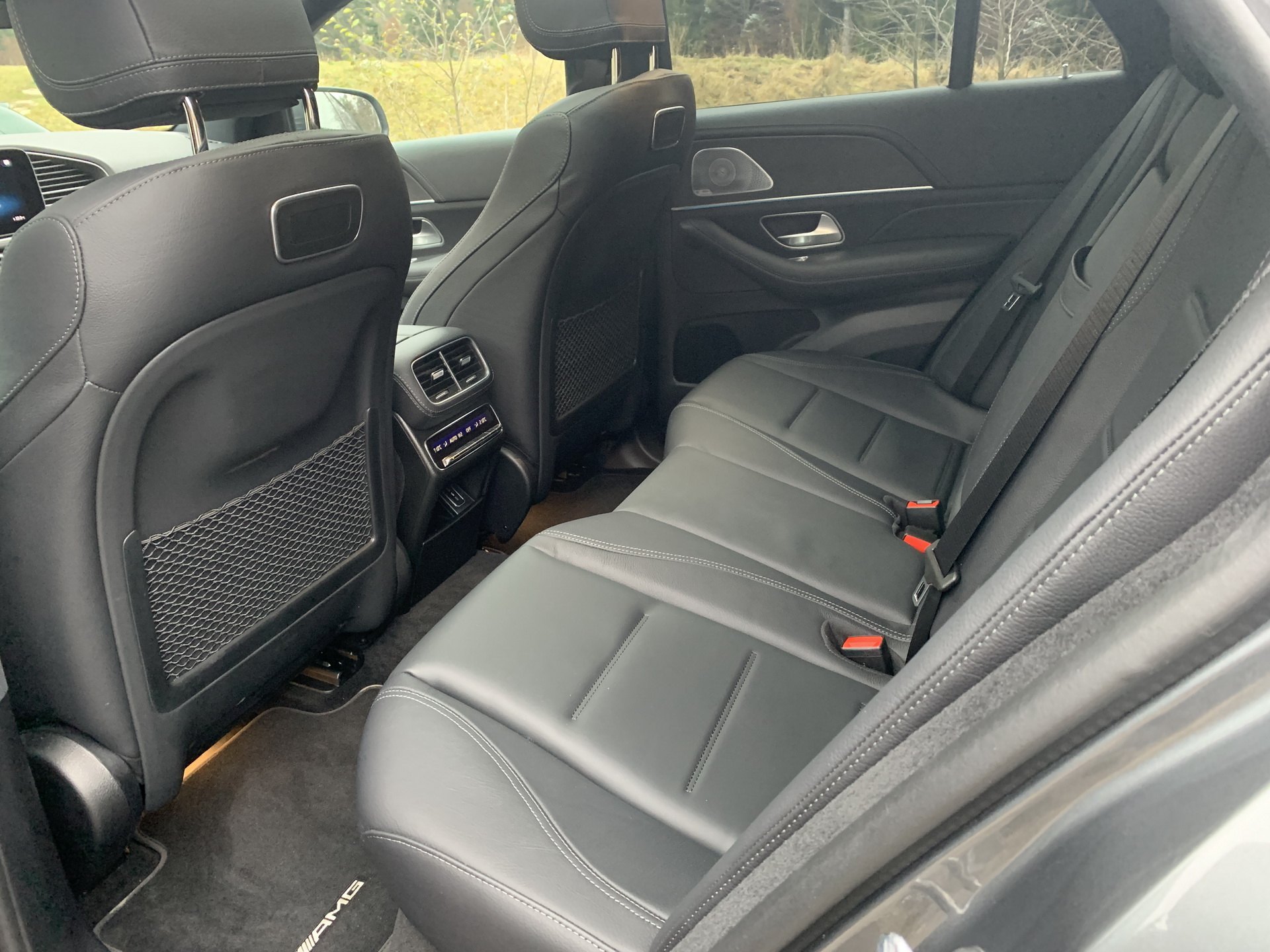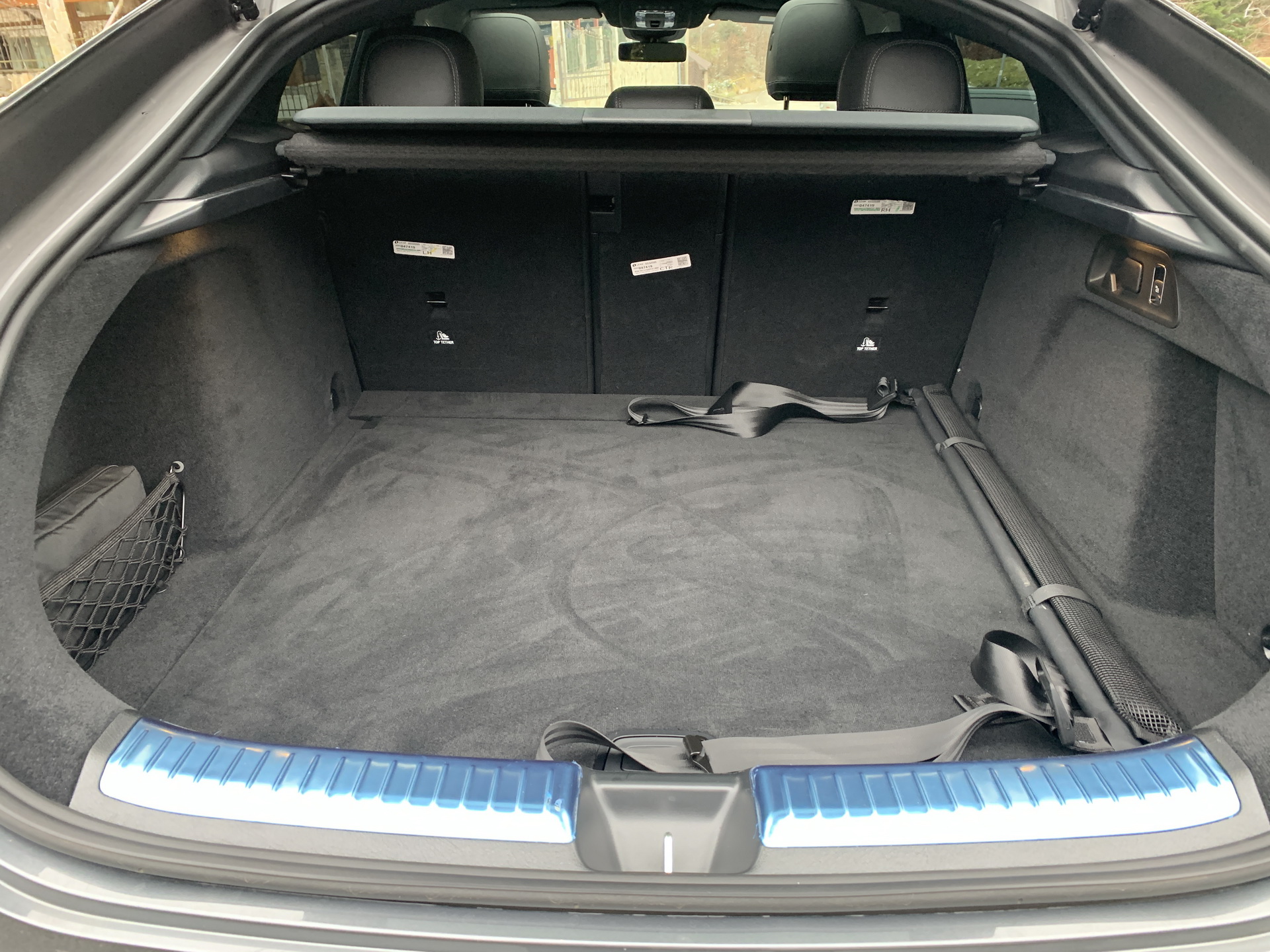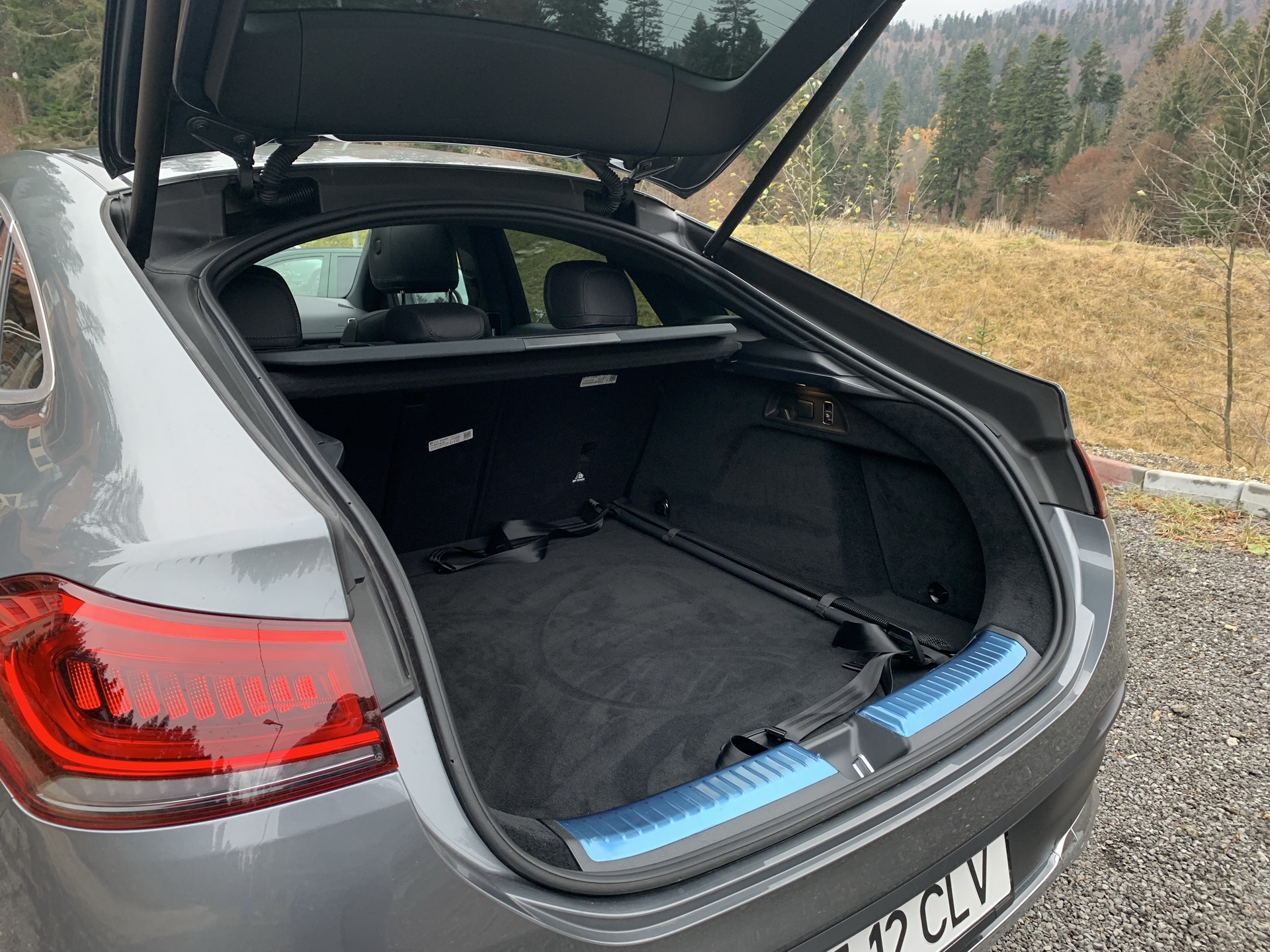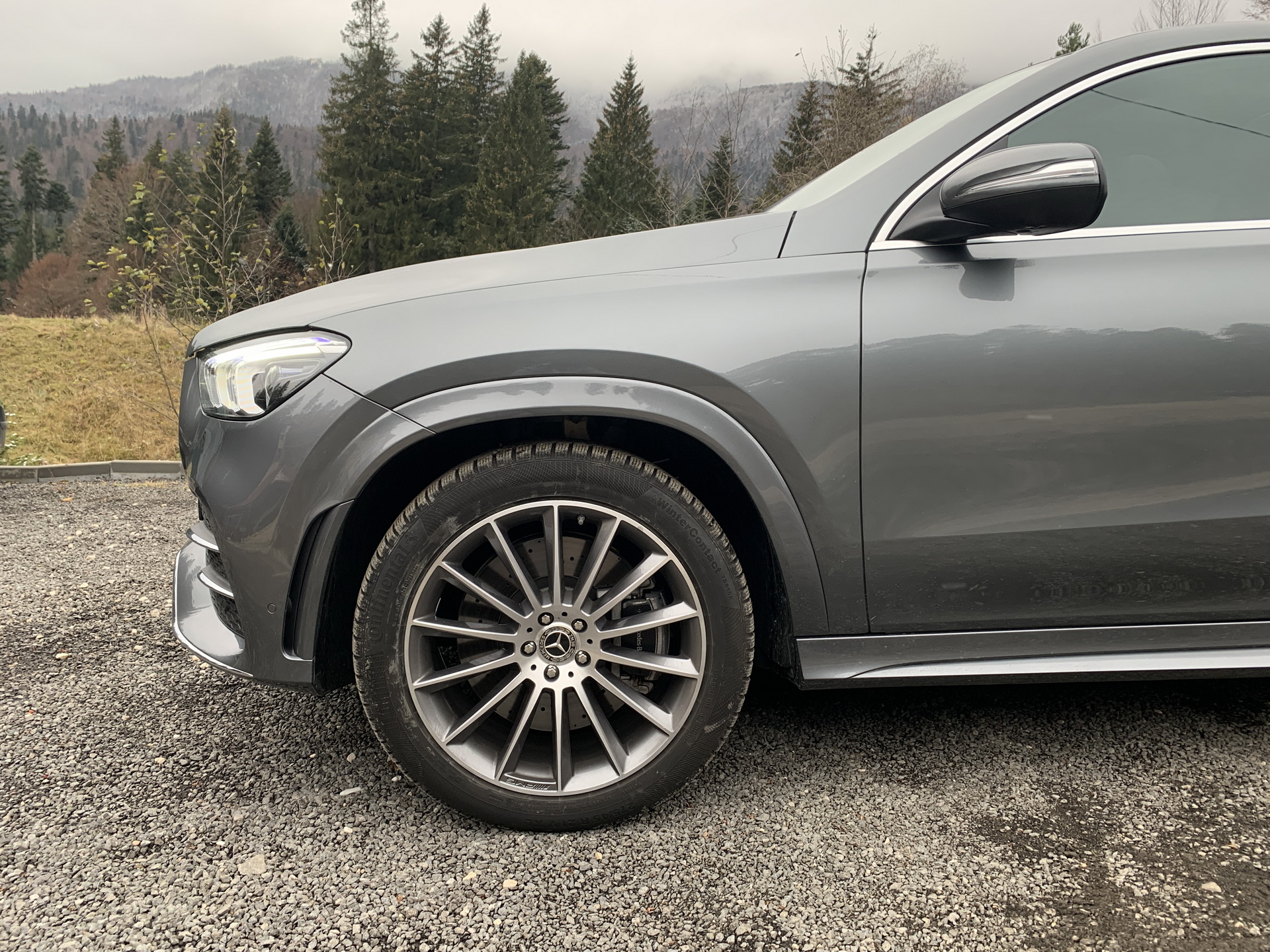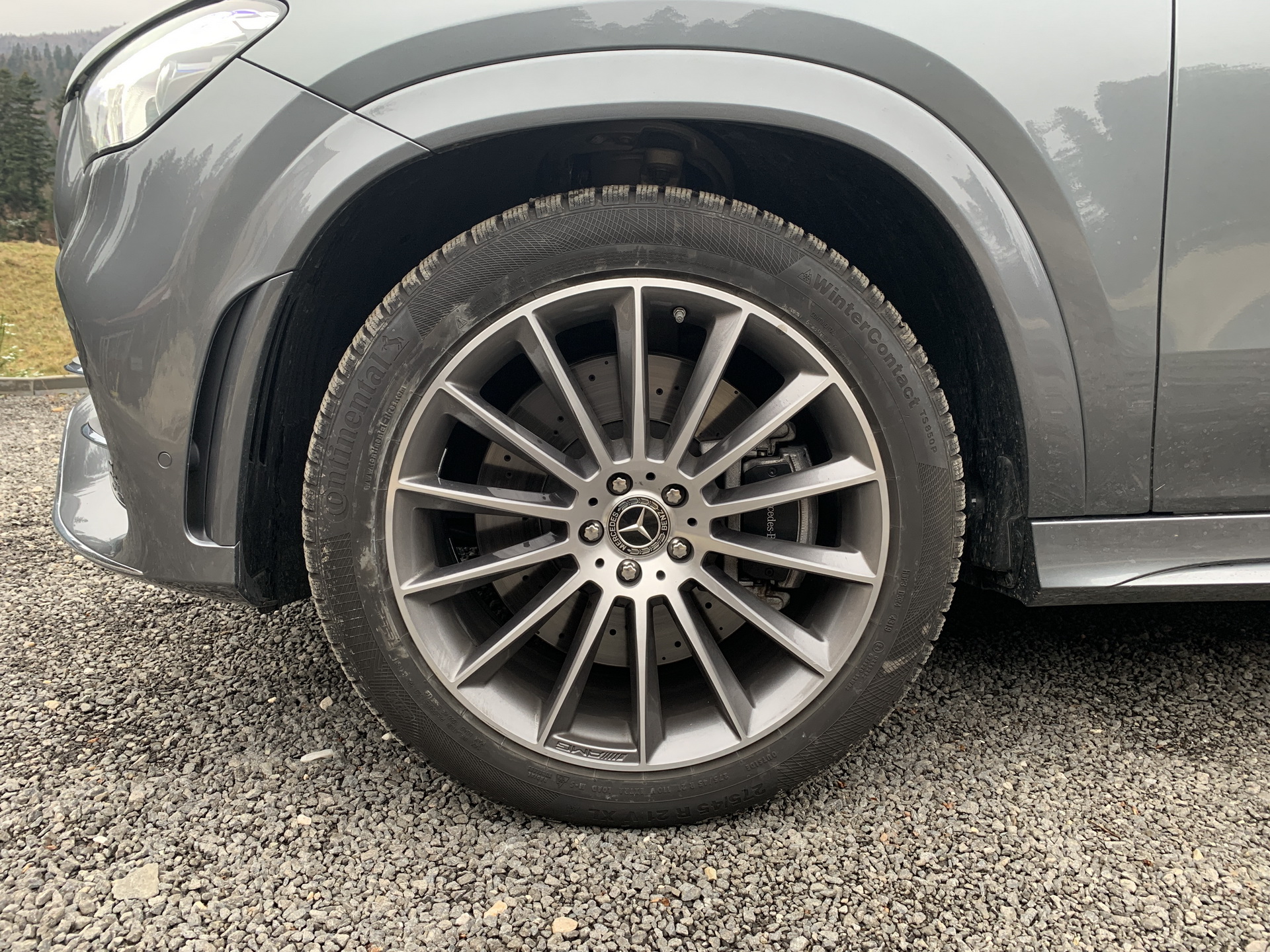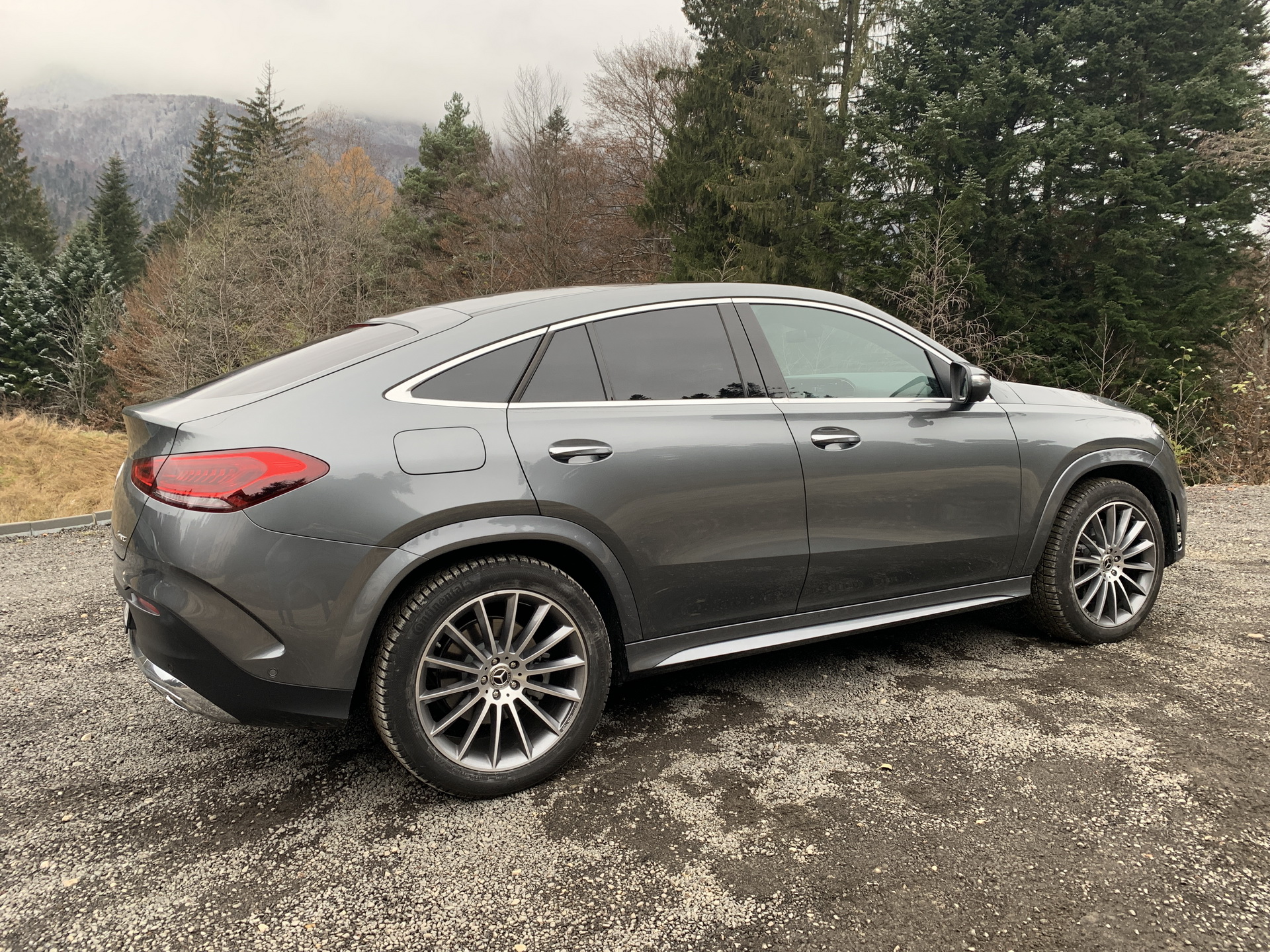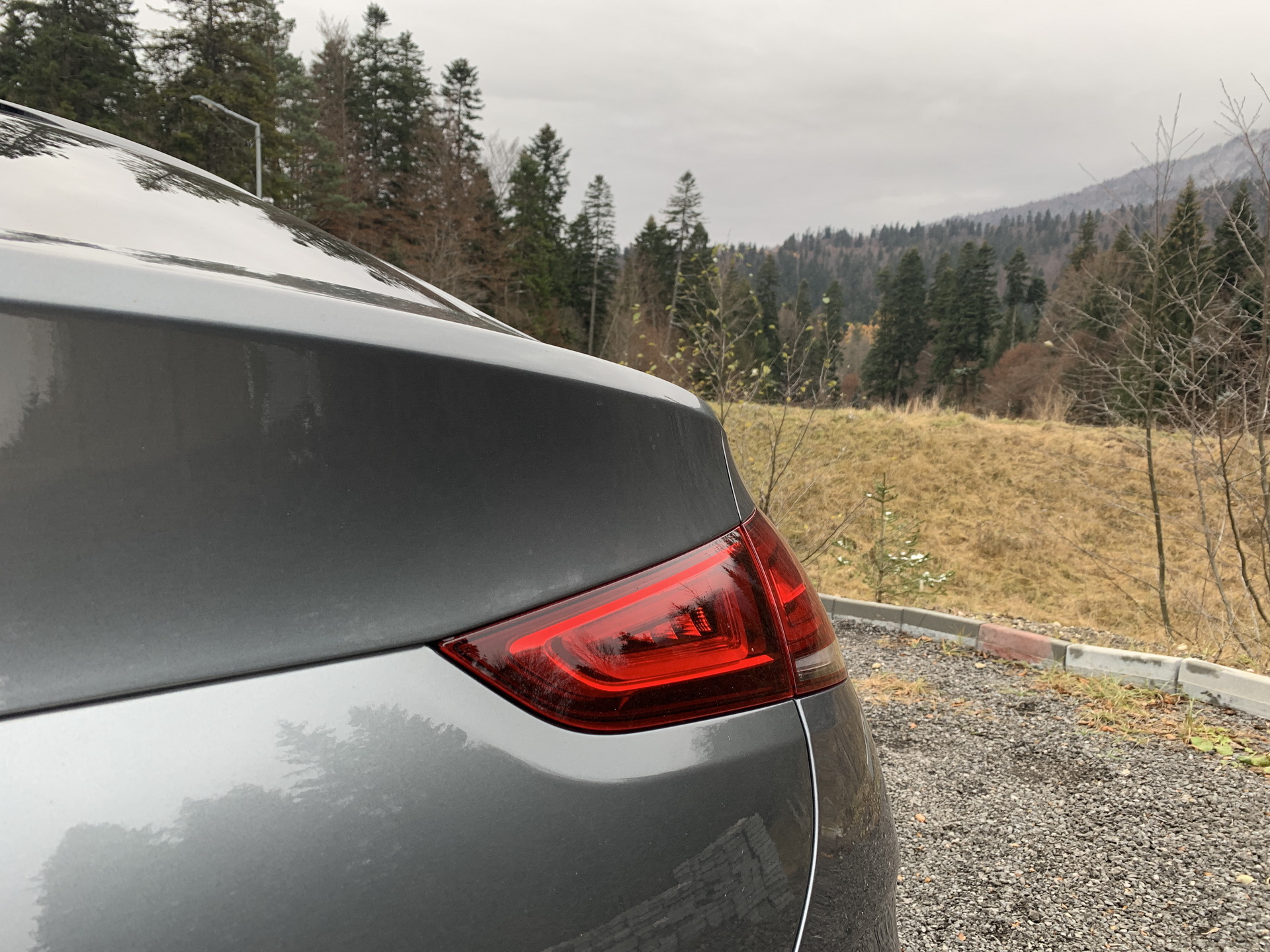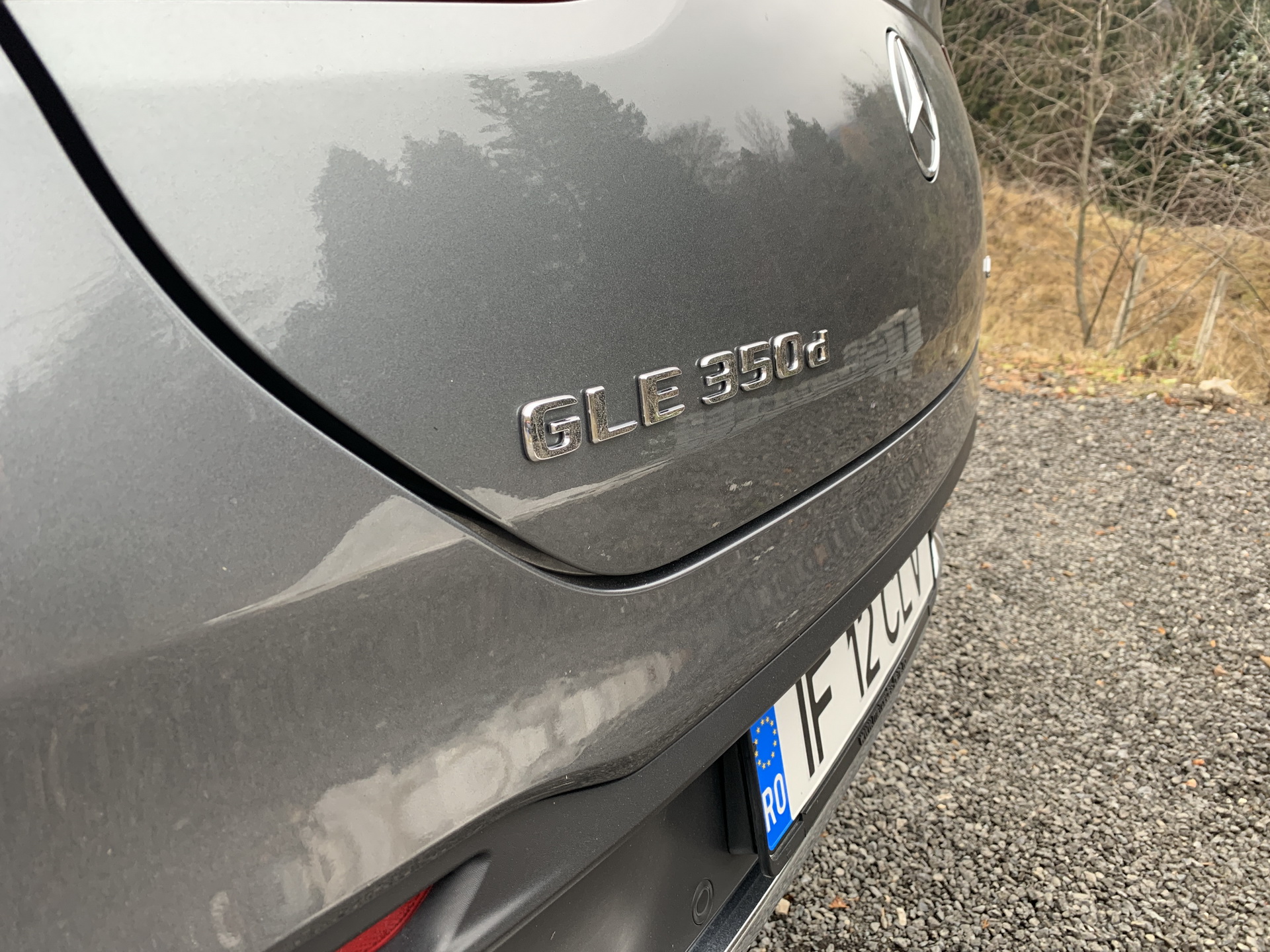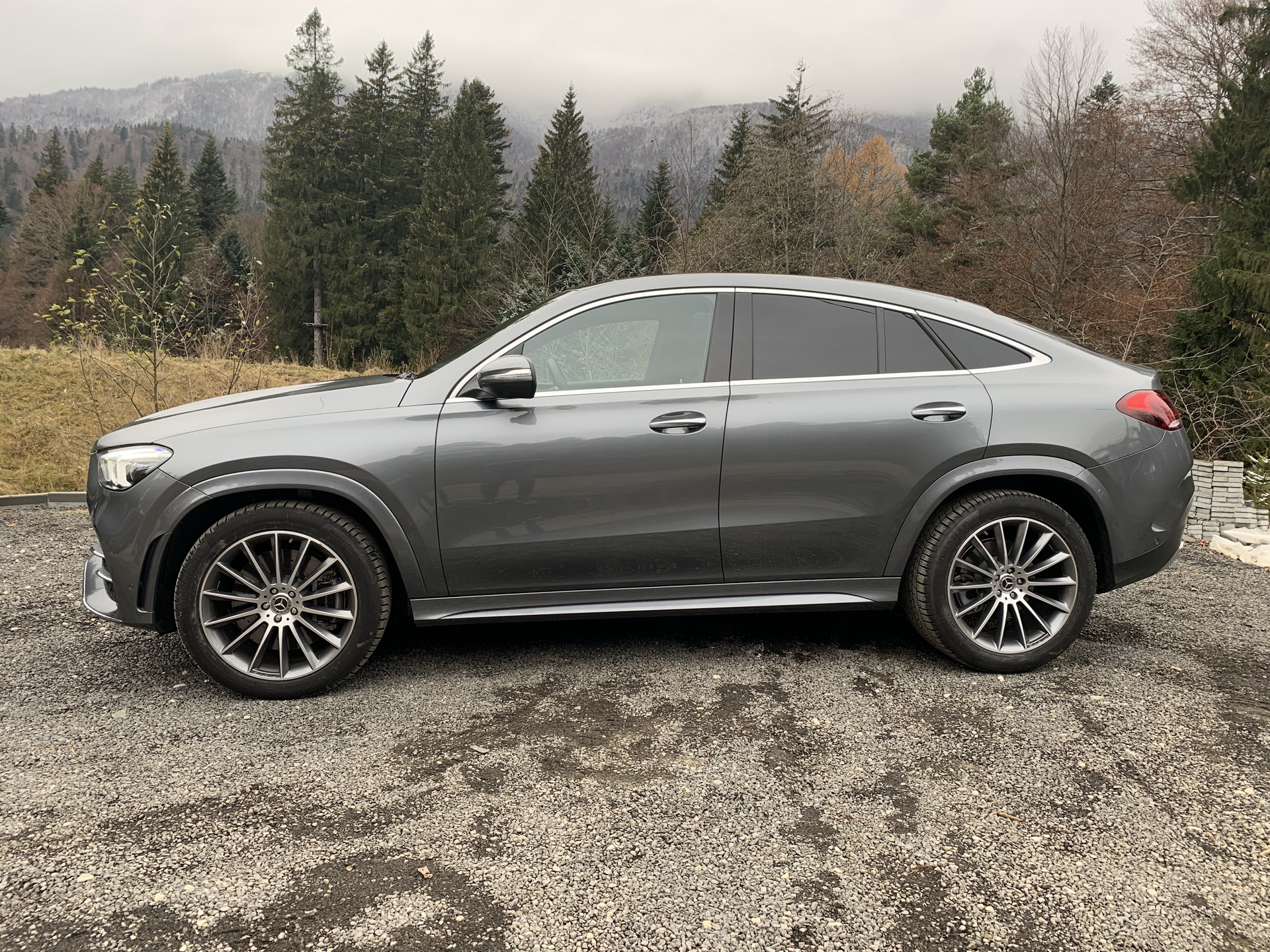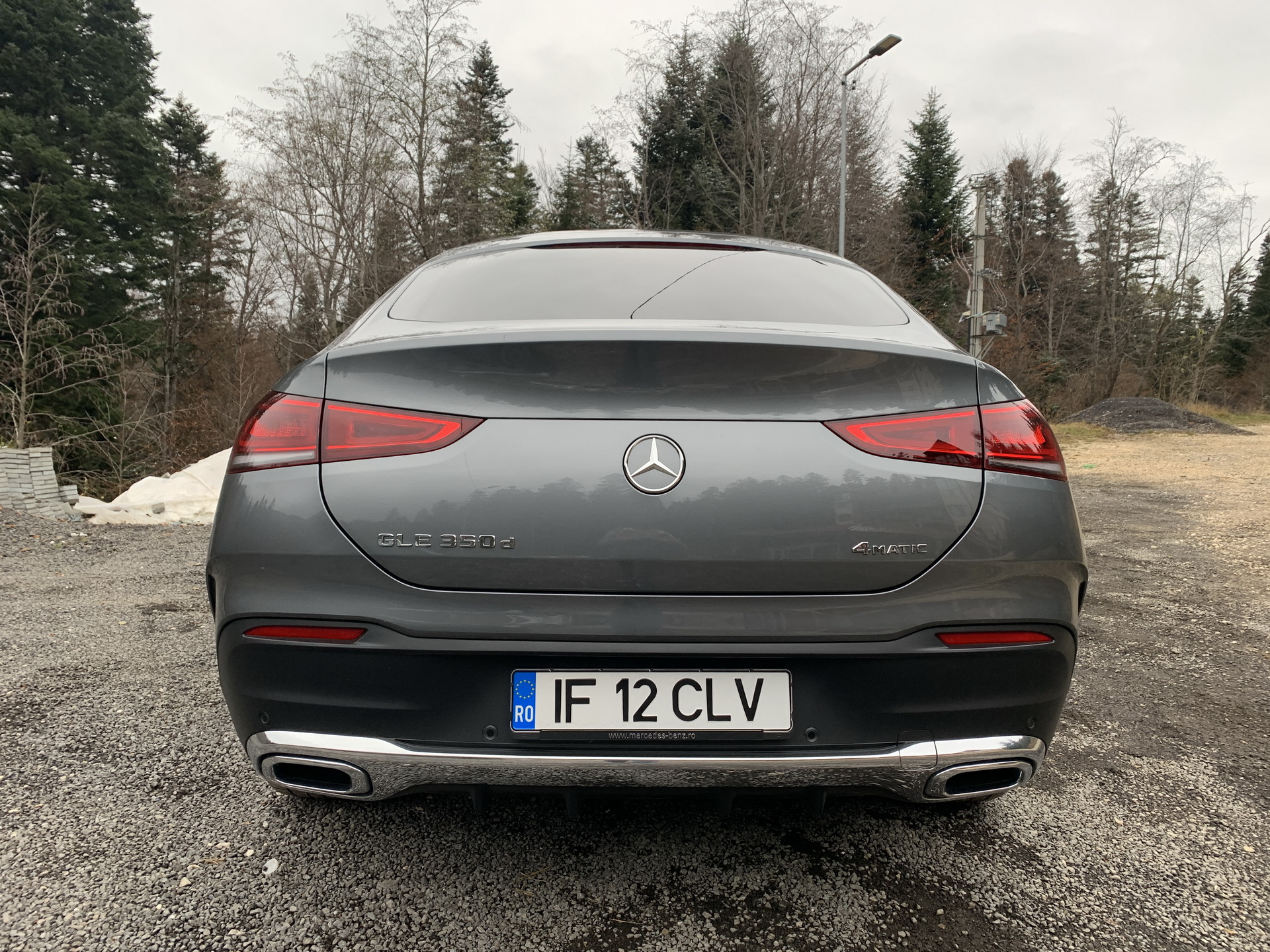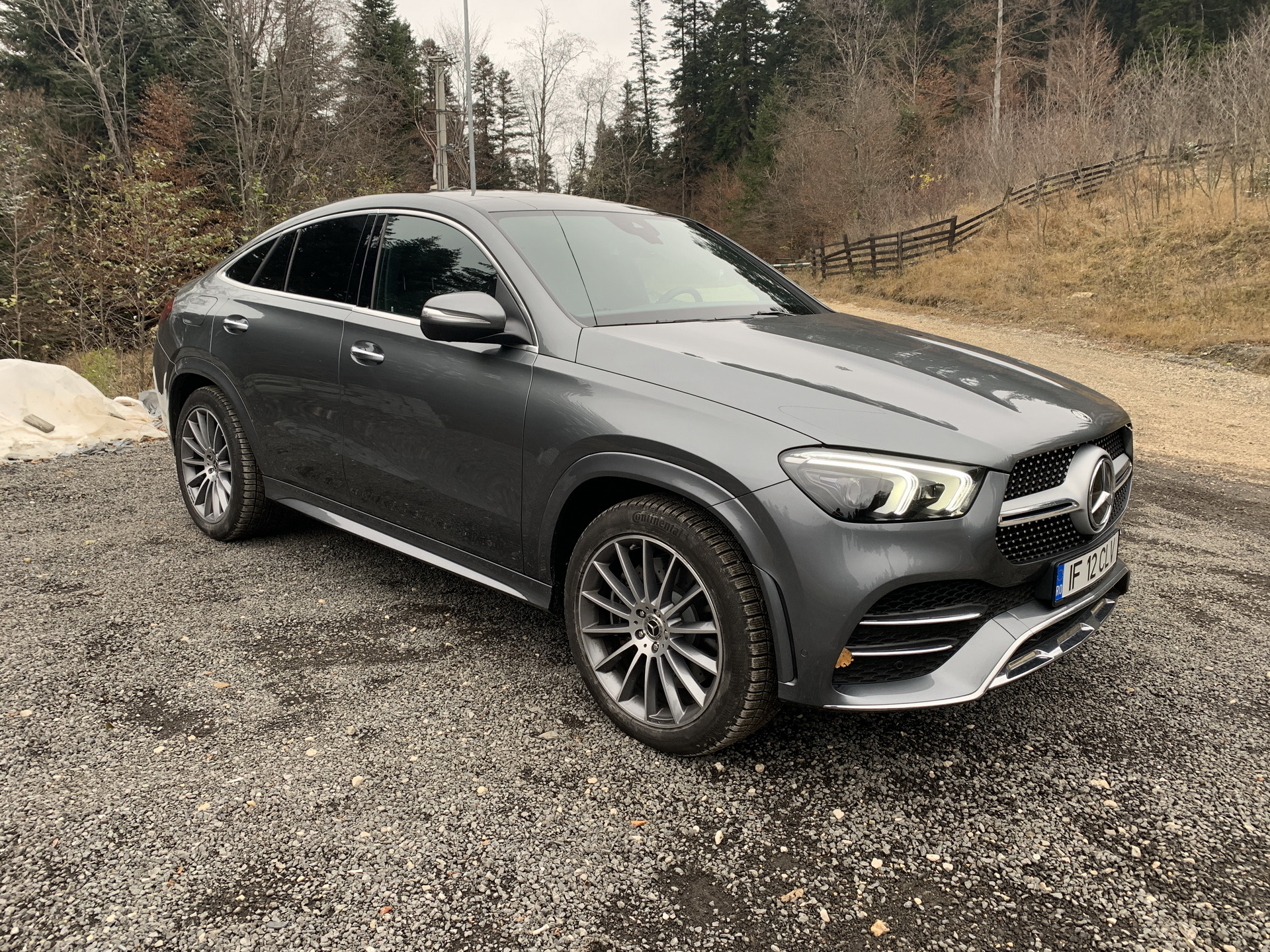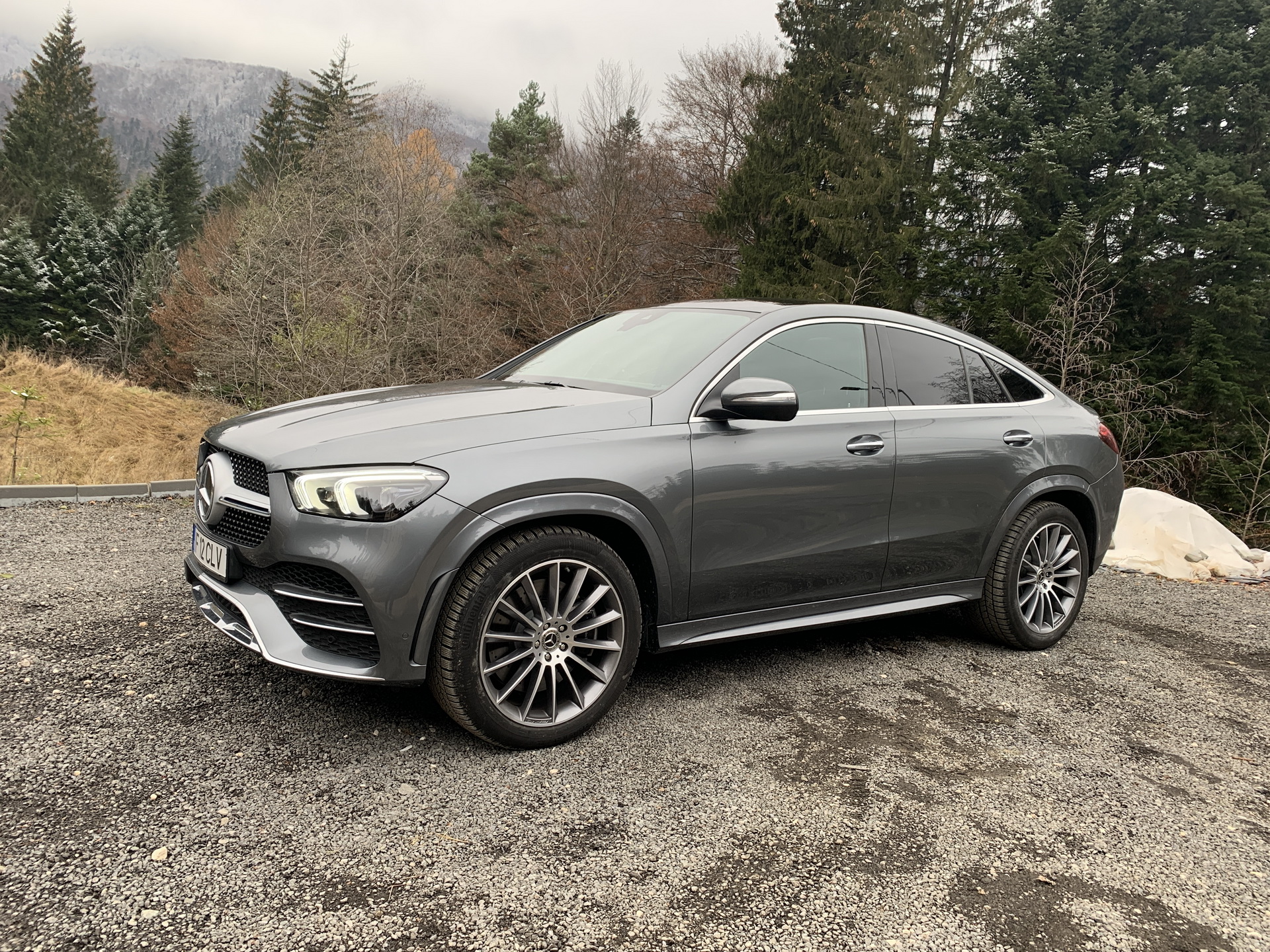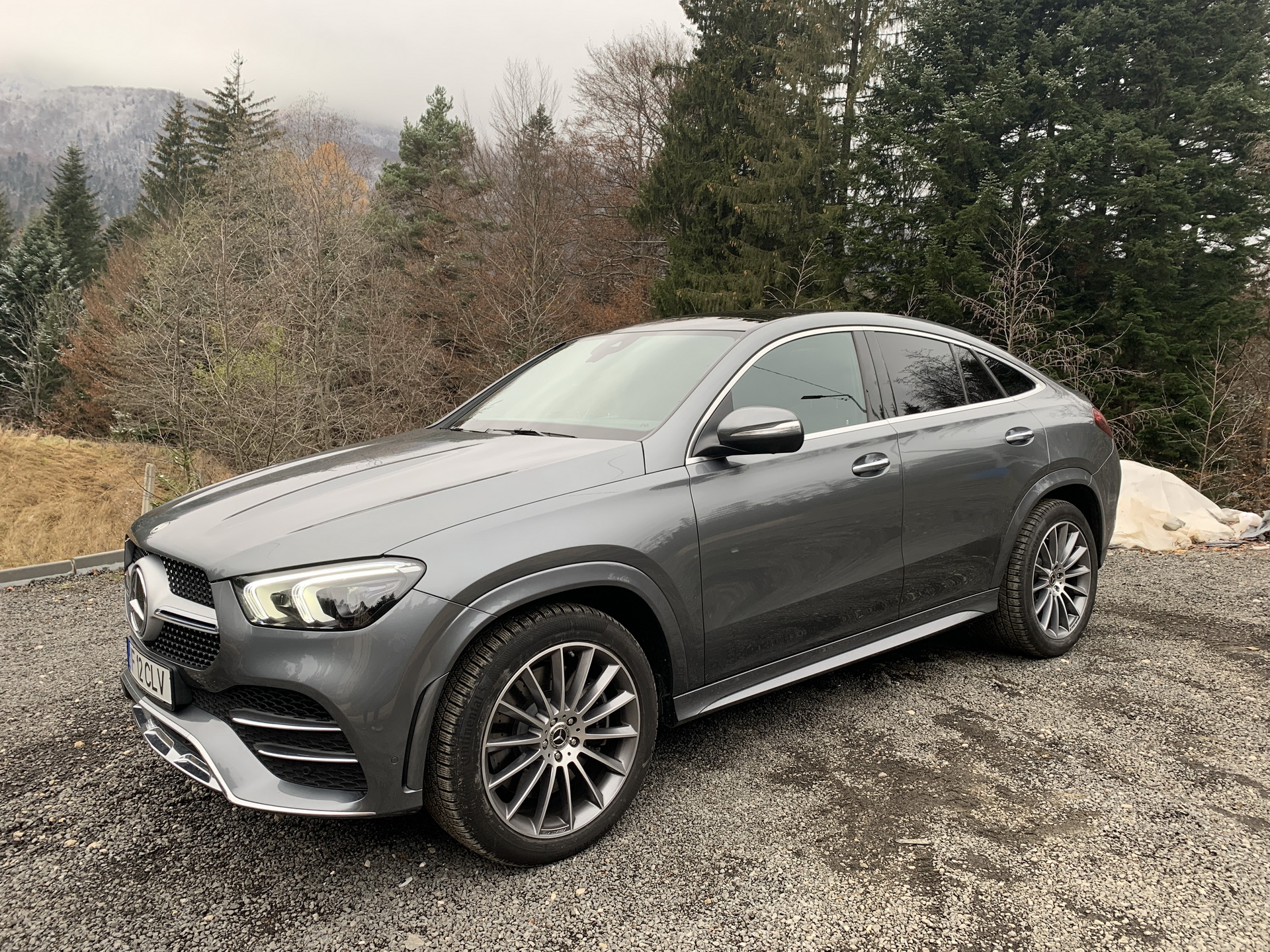About a year ago, we reviewed the fourth-generation Mercedes-Benz GLE and found it to be supremely capable in just about everything. The GLE Coupe however is a little less practical than its more conventionally-shaped sibling, so does that make it the inferior choice?
The answer is no. In fact, it really depends on how you view practicality in general, because the GLE Coupe actually has quite a few nice tricks up its sleeve.
Before we get into all that, let’s review the competition really quick, as the large premium SUV coupe segment has really grown in recent years. Apart from the Merc, it includes the BMW X6, Audi Q8, Porsche Cayenne Coupe, Lamborghini Urus (technically), and to some extent, the Range Rover Velar, although the latter is a bit smaller in size.
It’s not easy to find a lot of separation between these nameplates, but there is a case to be made for the GLE Coupe, both against its rivals as well as the regular GLE.
Looks better in person than in photos
Large, imposing vehicles will often imprint their design and dimension onto you much more successfully once you see them in person. The same is true for the GLE Coupe. It’s quite elegant, especially with a toned-down exterior color like the Selenite Grey you see here.
The AMG Styling kit is a must, and the multi-spoke 21-inch AMG wheels truly work best with the vehicle’s overall dimensions. These are actually the same wheels we had on our GLE 450 tester from last year – and the specs are quite similar actually.
Now, about practicality. Sure, you can’t load as many items in the back as you would in the regular GLE, however, let’s note that this new GLE Coupe is 1.5 inches (39 mm) longer and 0.3 inches (7 mm) wider than its predecessor. Its wheelbase is also longer, by 0.8 inches (20 mm). So, comfort-wise, it’s definitely an upgrade over the old model and you’ll likely never feel the need for more room, neither in the front or the back.
Read Also: 2020 Mercedes GLE Coupe vs. Predecessor – An Upgrade Worth Making?
Furthermore, it’s about 2.4 inches (60 mm) shorter overall than the standard GLE, which helps in everyday traffic because together with the sloped roofline, you never get the sense that you’re driving something obnoxiously large.
As for the actual trunk volume, you get 23.1 cu.ft (655 liters) with all seats in place, which you can expand to 63.2 cu.ft (1,790 liters) by folding the rear seats, resulting in the most cargo room for this segment.
Top notch interior quality
Mercedes’ latest GLE models are some of its best-built cars when it comes to interior quality. Everything is well screwed together and nothing wobbles or feels cheap to the touch, which you can’t even say about something like the E-Class or even the CLS.
Our GLE Coupe 350 d test car featured roughly €12,000 ($14,300) worth of options, with some of its most impressive features being the Airmatic suspension, Multibeam LED headlights, 21-inch alloys, 4-way lumbar support, panoramic roof, parking assistant, keyless entry and go, leather everything, chrome package, 360 camera and wireless charging for smartphones. It also had the augmented reality feature for the MBUX sat-nav system (still a gimmick).
A head-up display would have been nice though, as would the high-end Burmester 3D Surround Sound system, instead of Burmester’s “entry-level” one.
Final price, including options and taxes, was €92,851 ($110,763) in Romania.
What’s it like to drive?
Better than the regular GLE, actually. It’s not as long, nor as tall, it’s more aerodynamic and feels a tiny bit more maneuverable. We won’t use the word ‘nimble’, because the GLE Coupe is still a big vehicle by normal standards, and it’s never going to hug the road like a Cayenne Coupe either.
Otherwise, it offers a delightfully comfortable ride, both in town at low speed as well as on the highway. I’d go as far as to call it flawless for a car this size. Therefore, as long as the engine configuration is identical, we’d recommend that you choose the GLE Coupe over the GLE from purely a driver’s perspective. Again, the difference is negligible, but it’s there.
As for the 3.0-liter turbocharged inline-six diesel engine, it’s not quite a match for the gasoline equivalent with EQ Boost, which powered the GLE 450 4MATIC we tested last year. Still, there’s plenty of punch throughout the rev range thanks to its 268 HP (272 PS) and 443 lb-ft (600 Nm) of torque. It can accelerate the 2.3 tonne (5,070 lbs) GLE Coupe from zero to 62 mph (100 km/h) in 6.6 seconds, while its top speed is rated at 140 mph (226 km/h). The 9G-TRONIC automatic gearbox proved to be as smooth as always and is definitely one of the best transmissions out there.
Average fuel consumption is said to be 8.2 l/100 km (28.7 mpg US), but that’s very generous. If you care a lot about how frugal your GLE Coupe can be, just get one of the plug-in hybrid variants.
Which version should I go for?
In Europe, depending on market, you’ll either have this 350 d 4MATIC model or the 350 e / 350 de 4MATIC duo as the entry-level options for the GLE Coupe range. The latter two are more fuel efficient, being hybrids, and performance is similar between them, so you’ll probably be best served by choosing a hybrid over the diesel.
In the United States, the range kicks off at $76,500 with the AMG GLE 53 Coupe, while the AMG GLE 63 S Coupe is priced from $116,000. Either one is pretty fast, although it’s the 63 S variant that will undoubtedly put the biggest smile on your face thanks to its 603 HP (612 PS) and 627 lb-ft (850 Nm) of torque that enable it to hit 60 mph in under 4 seconds.
In the end, the GLE Coupe’s party trick is feeling a bit more compact than the GLE (which it is, but not by much). It is nicer to drive and quite a bit more fashionable, which, let’s face it, is a key reason why anyone would want an SUV Coupe.







